Various artistic trends originating in Europe after World War 1, such as Russian Constructivism, the Bauhaus in Germany and Surrealism in France, left a strong impression on Japanese art and photography in the Taisho and the early Showa periods. In photography in particular, the Western influence brought a new movement called Shinko Shashin (New Photography) in the early Showa period. This exhibition was an attempt at reexamining the visual expression in the period from the perspective of the photographic work of artists from fields other than photography, focusing on the work of Koshiro Onchi, Osamu Shiihara and Ei-Q.
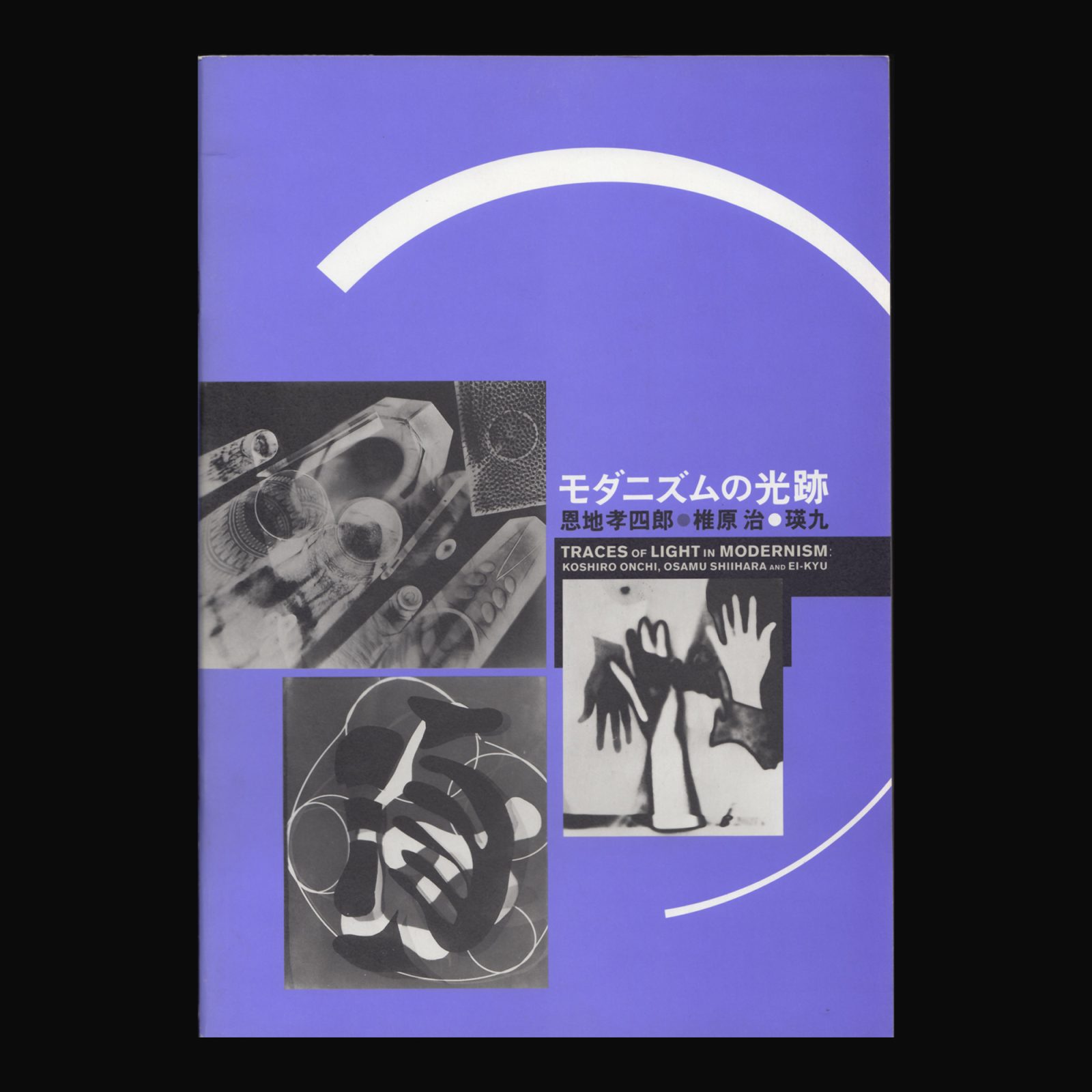
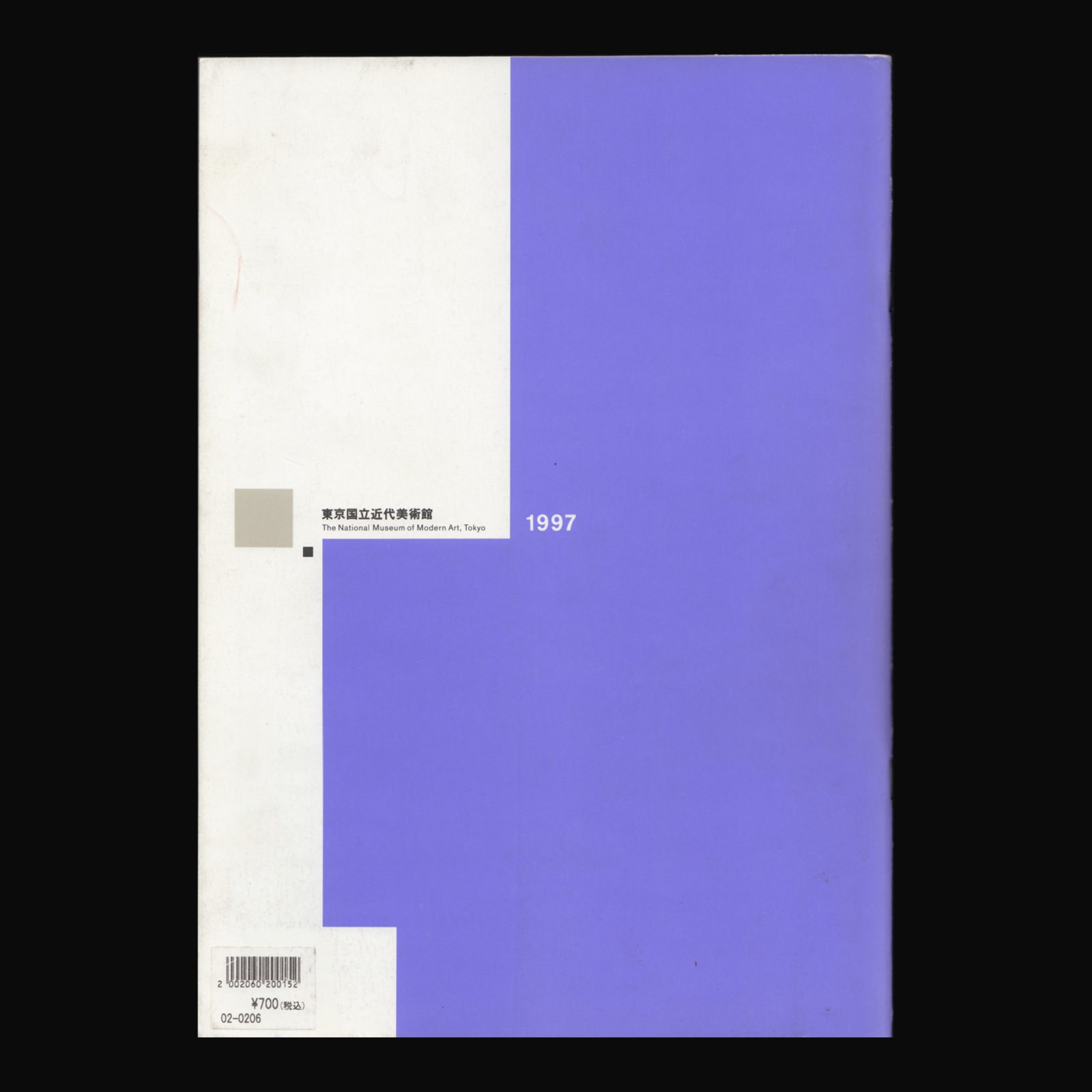
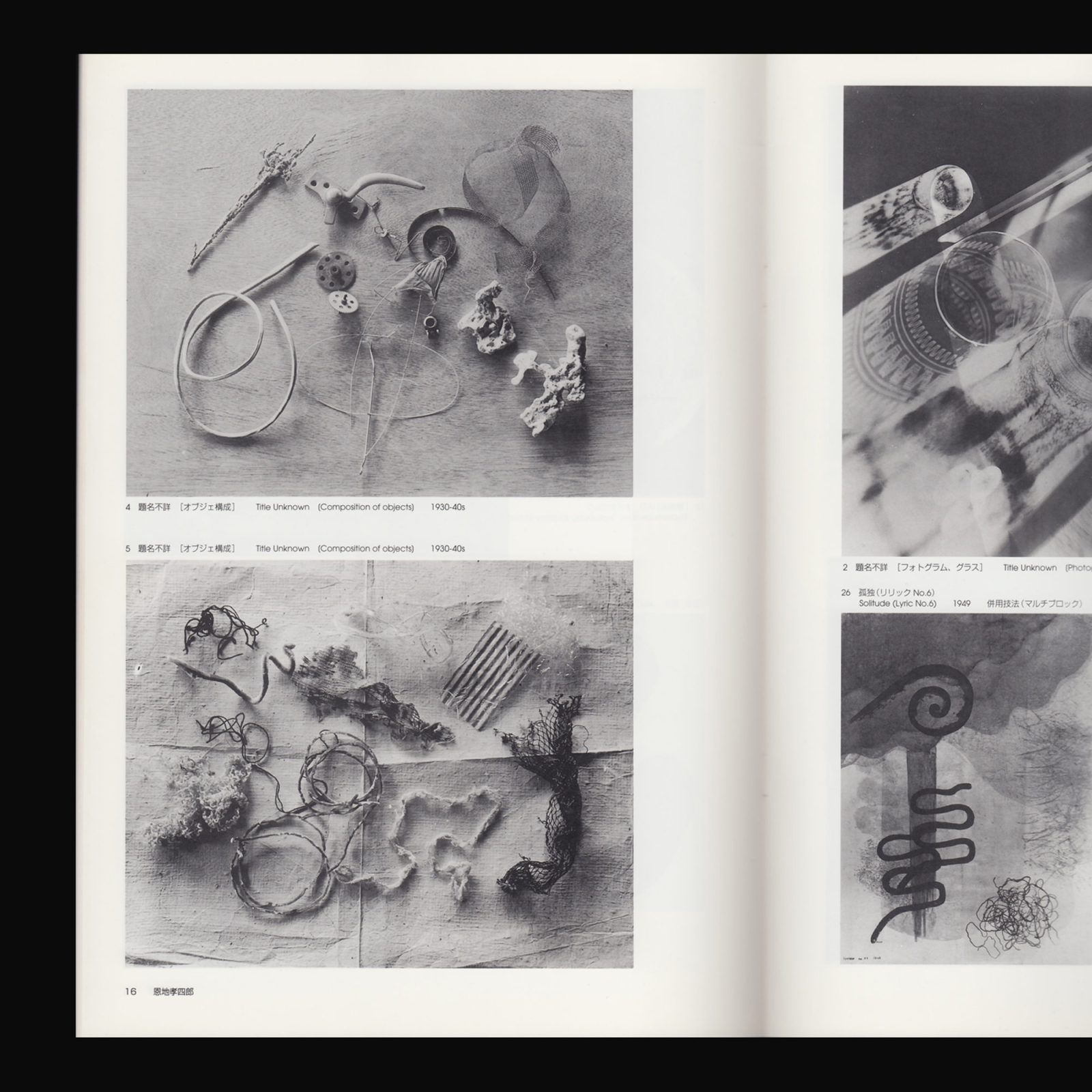
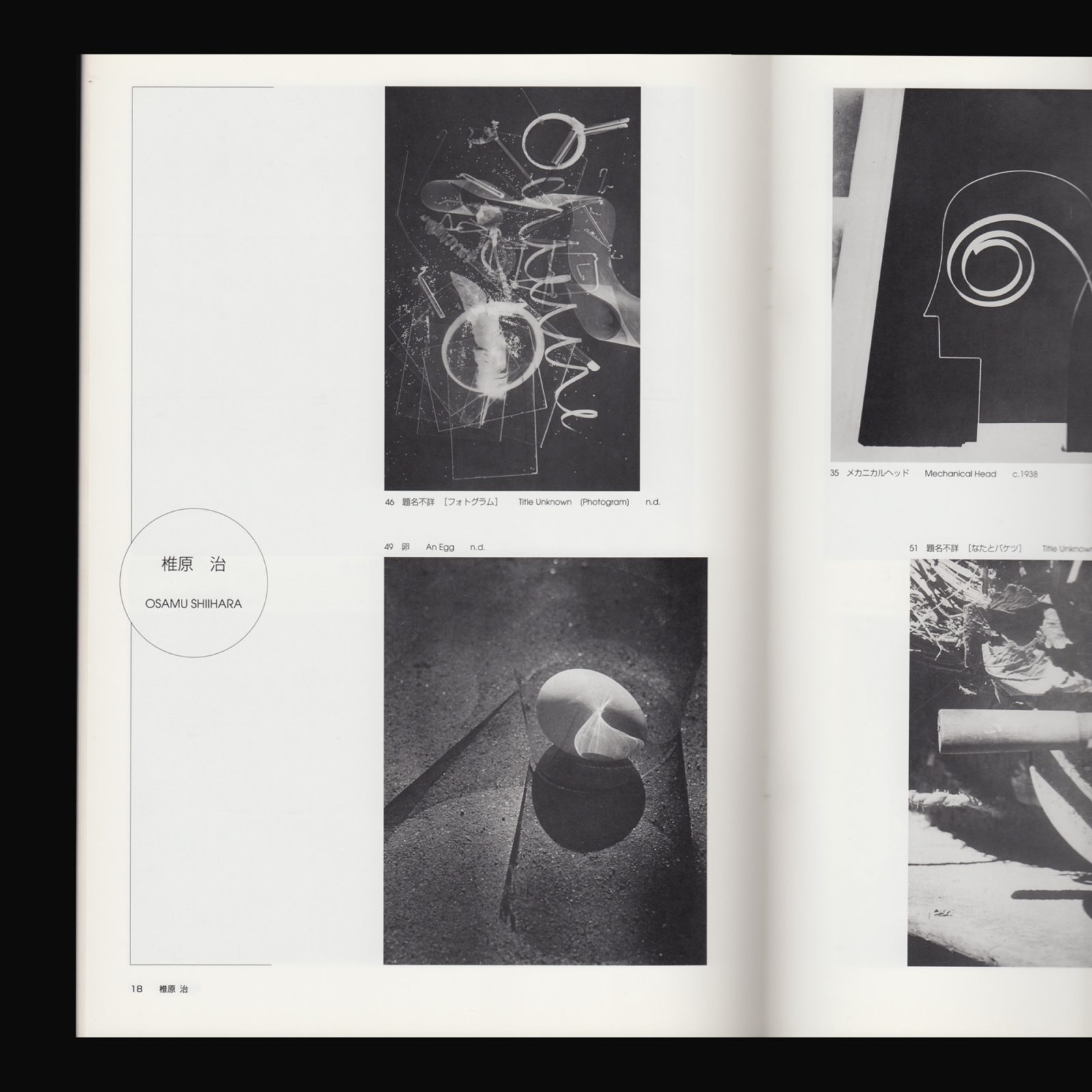
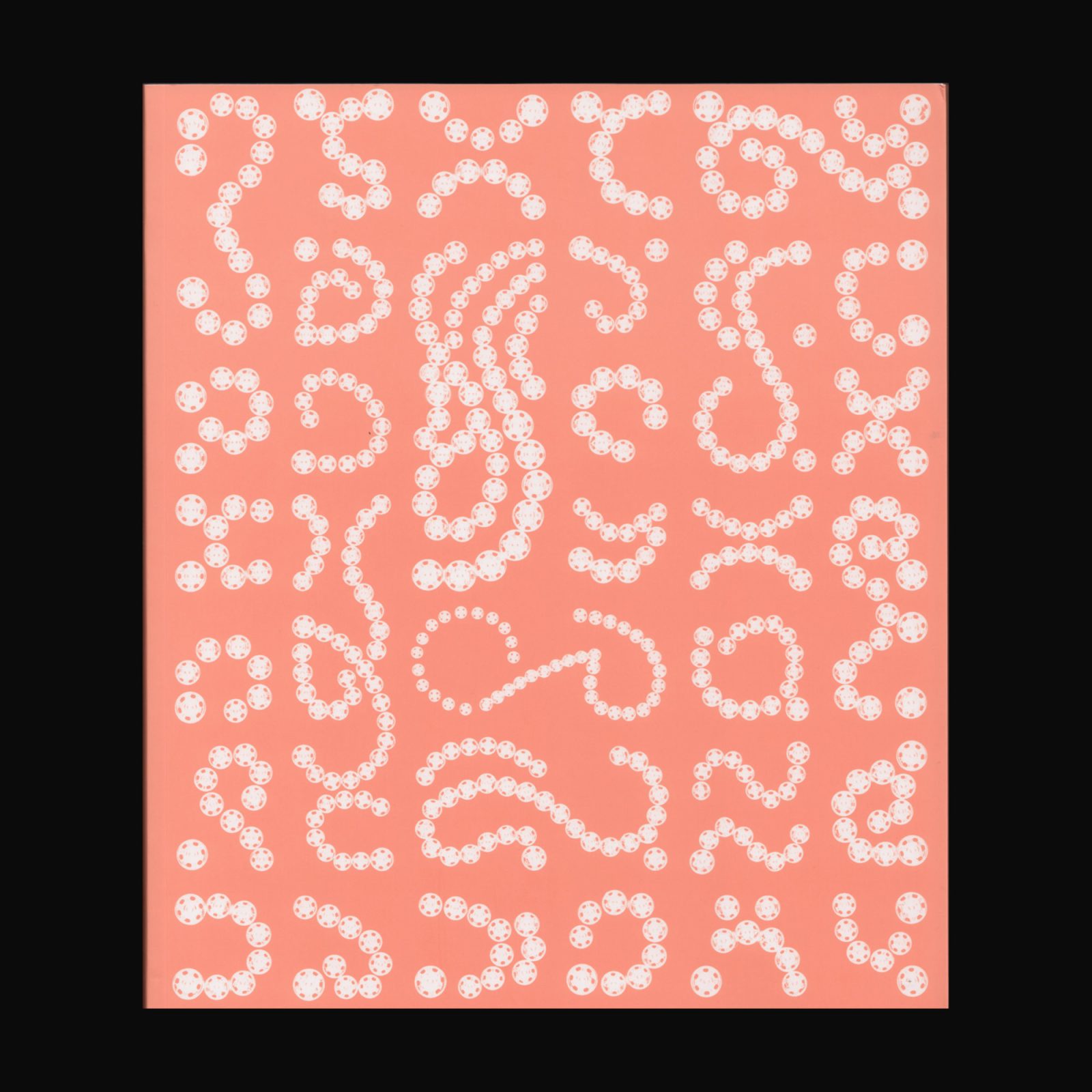
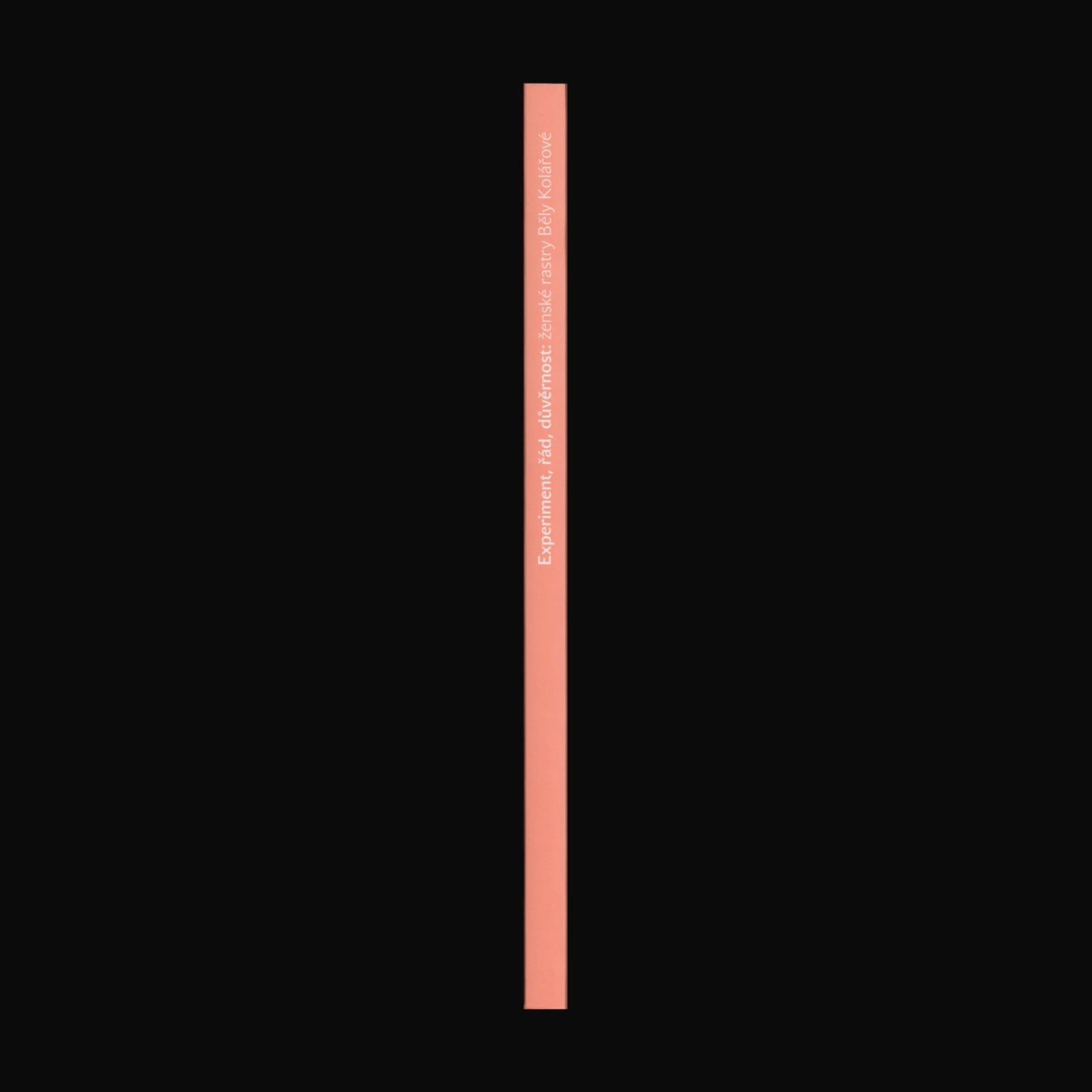
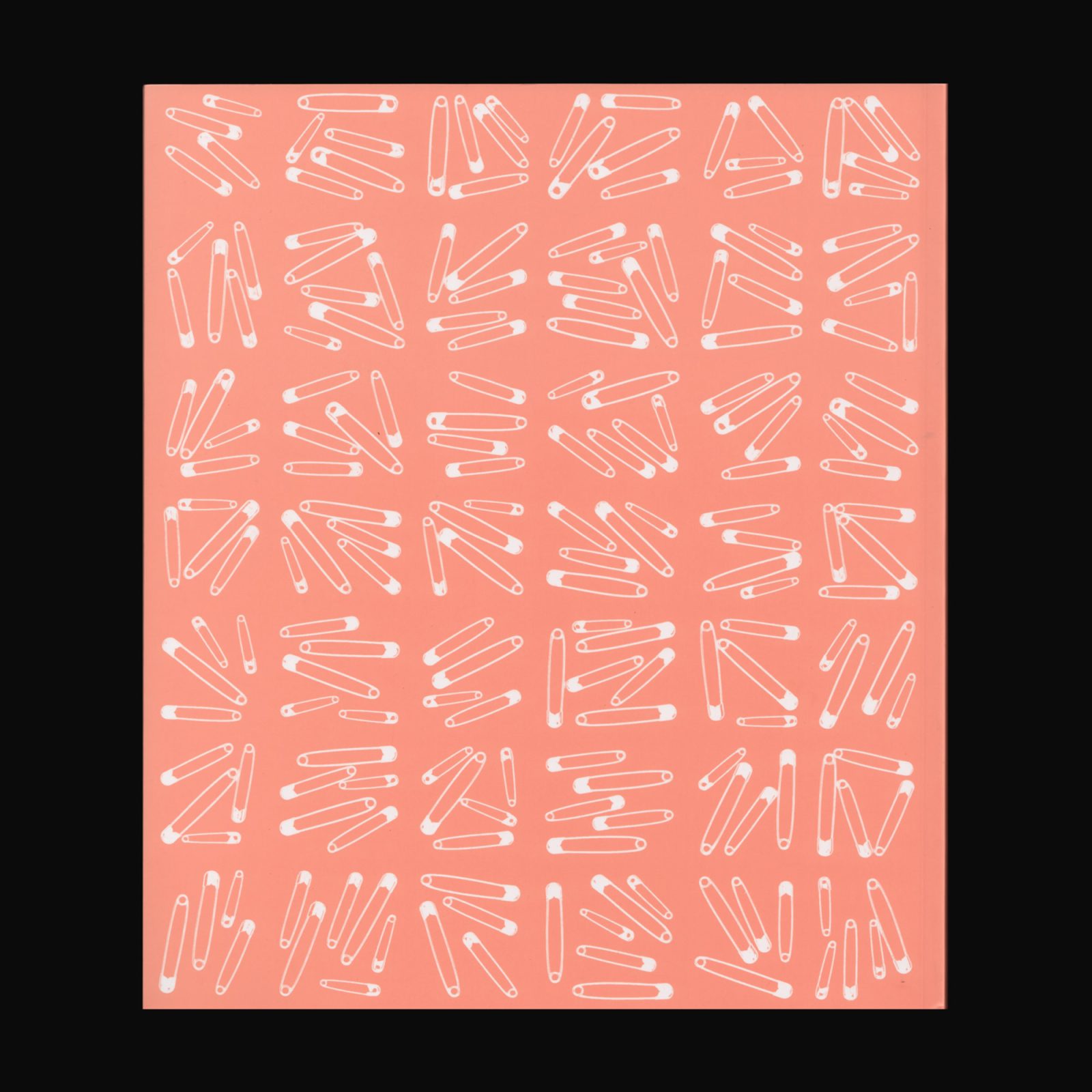
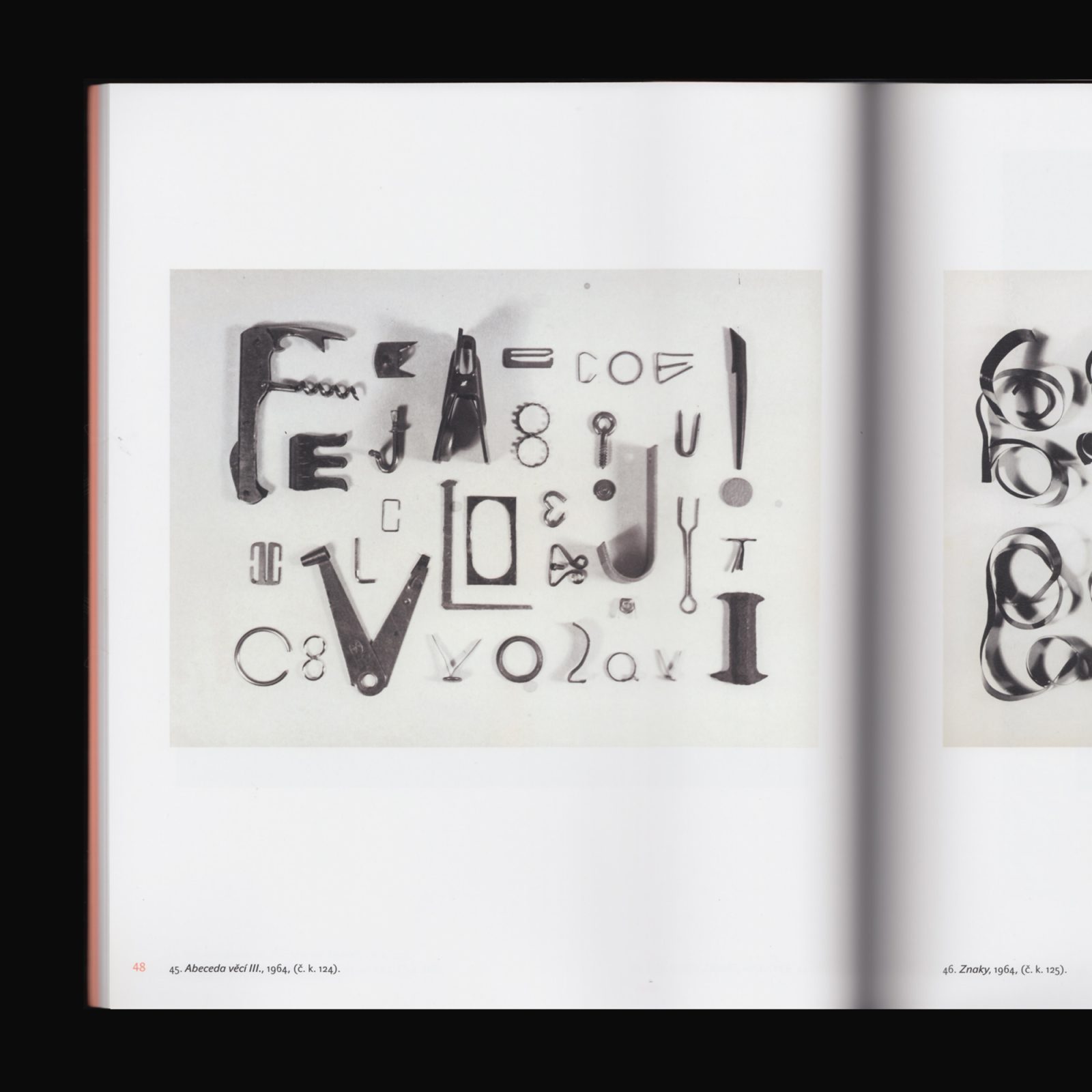

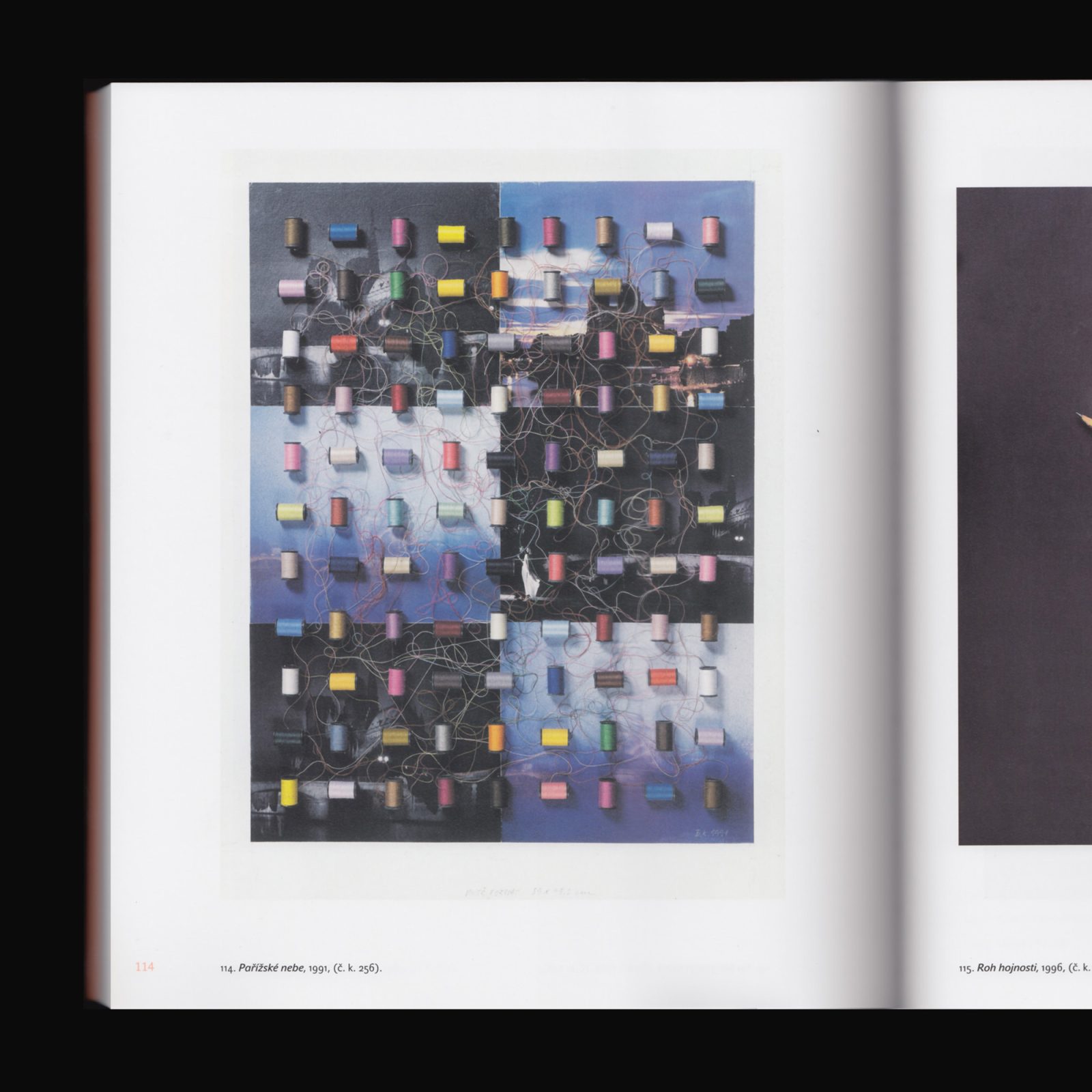

Published on the occasion of Experiment, řád, důvěrnost: Běla Kolářová at Muzeum Umění, Olomouc, 27 September–31 December, 2006.
Prague-based artist Běla Kolářová (1923–2010) began experimenting with photographic techniques in the early 1960s, creating photograms and X-ray photographs that continued the Bauhaus tradition of photography as an abstract medium. Thus, for a series of photograms she called vegetages, she produced miniature “artificial negatives” by pressing natural materials into soft paraffin and using them for the exposure of the photographic paper instantaneously as “negatives.” In the late sixties Kolářová increasingly began creating assemblages out of found objects including household items such as snap fasteners, needles and safety pins. Kolářová arranged these objects according to conceptual grids, and thus they are somewhat akin to the work of Nouveaux Realistes as well as to various conceptual practices. The work she produced in this way defied the aesthetic canon of Socialist Realism, and Kolářová developed a remarkable conceptual feminist style that was all her own.
In recent years, Kolářová’s work was shown at the documenta 12 (2007), at Raven Row in London (2010) and in solo shows at the Museum Kampa in Prague (2008) and Muzeum Umění in Olomouc (2006).
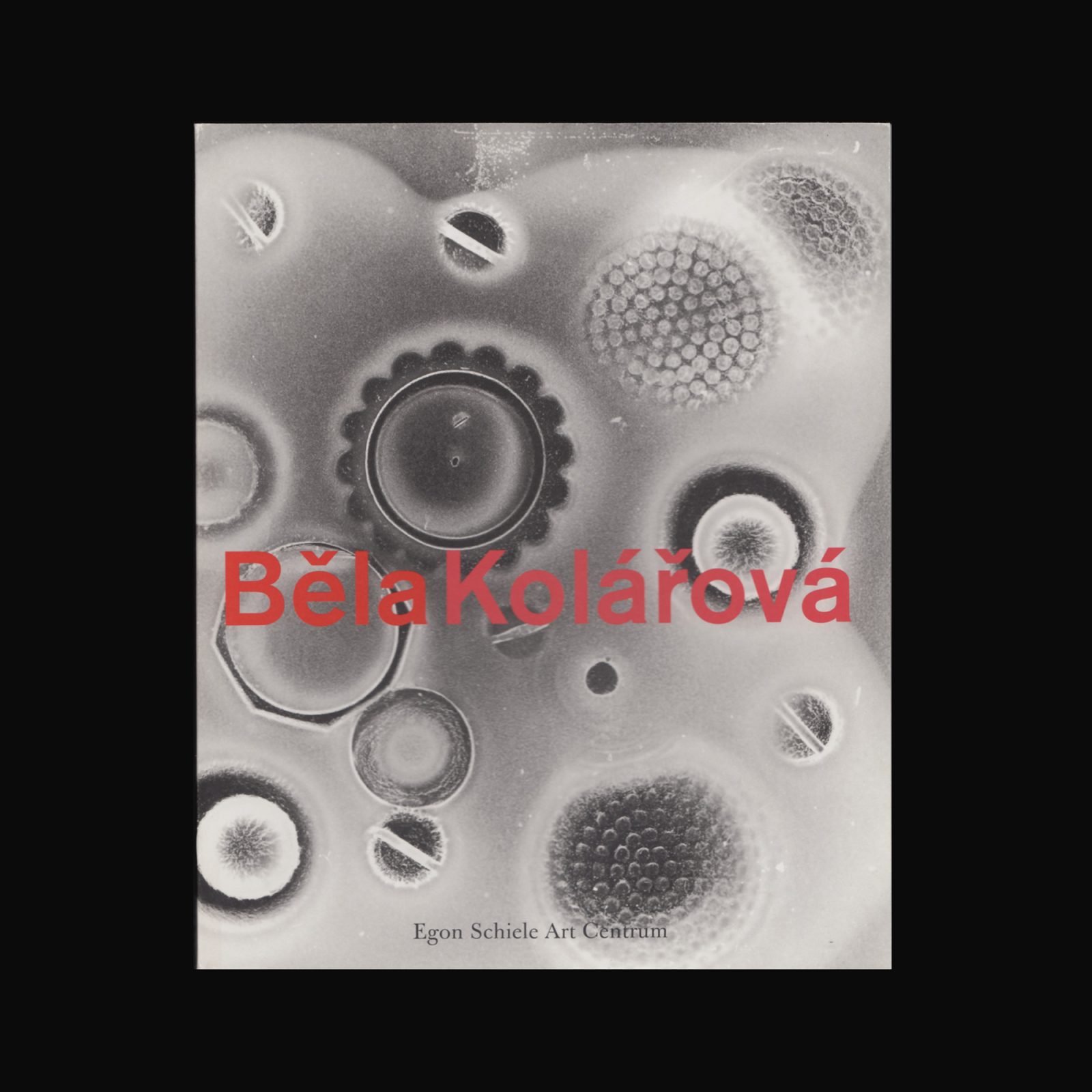
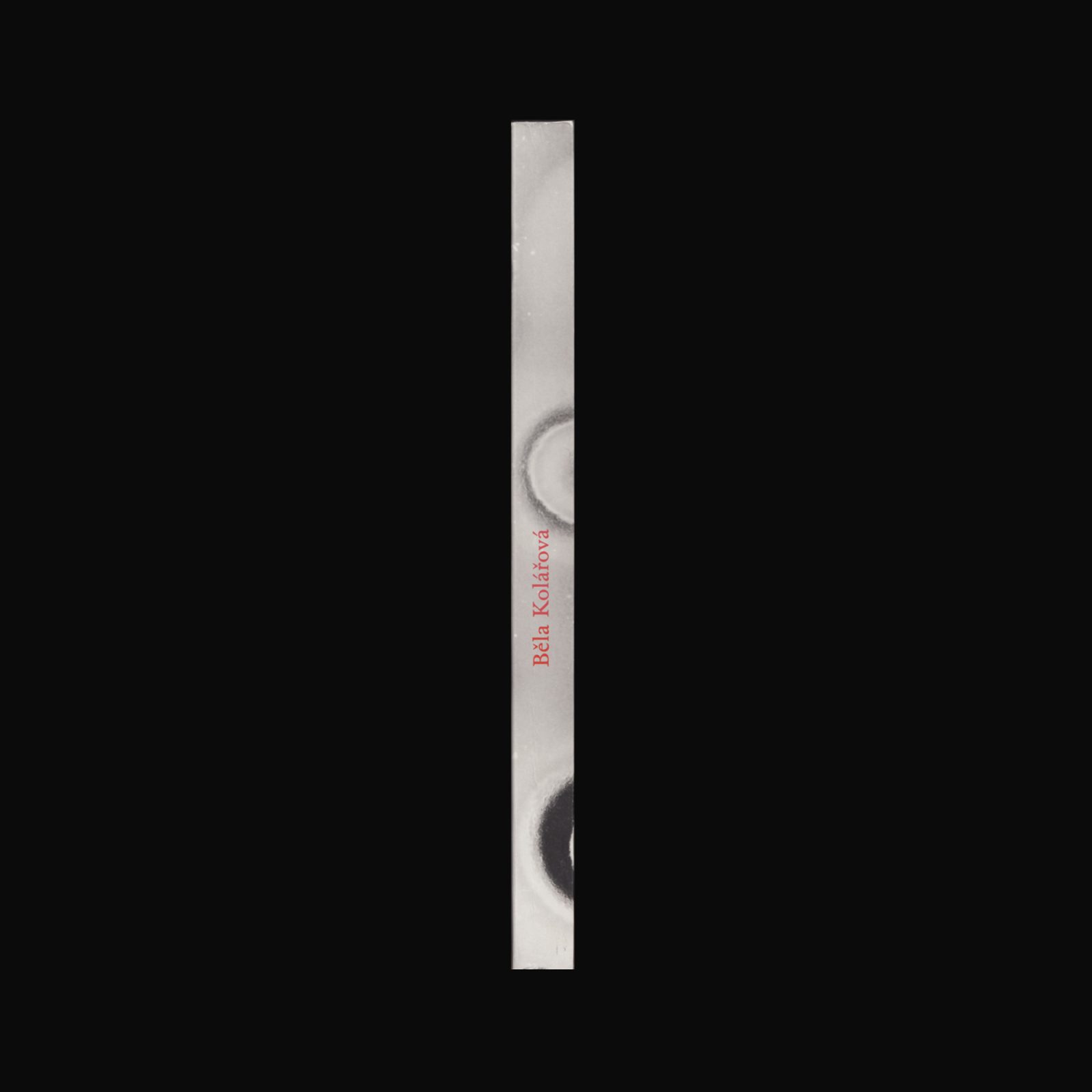
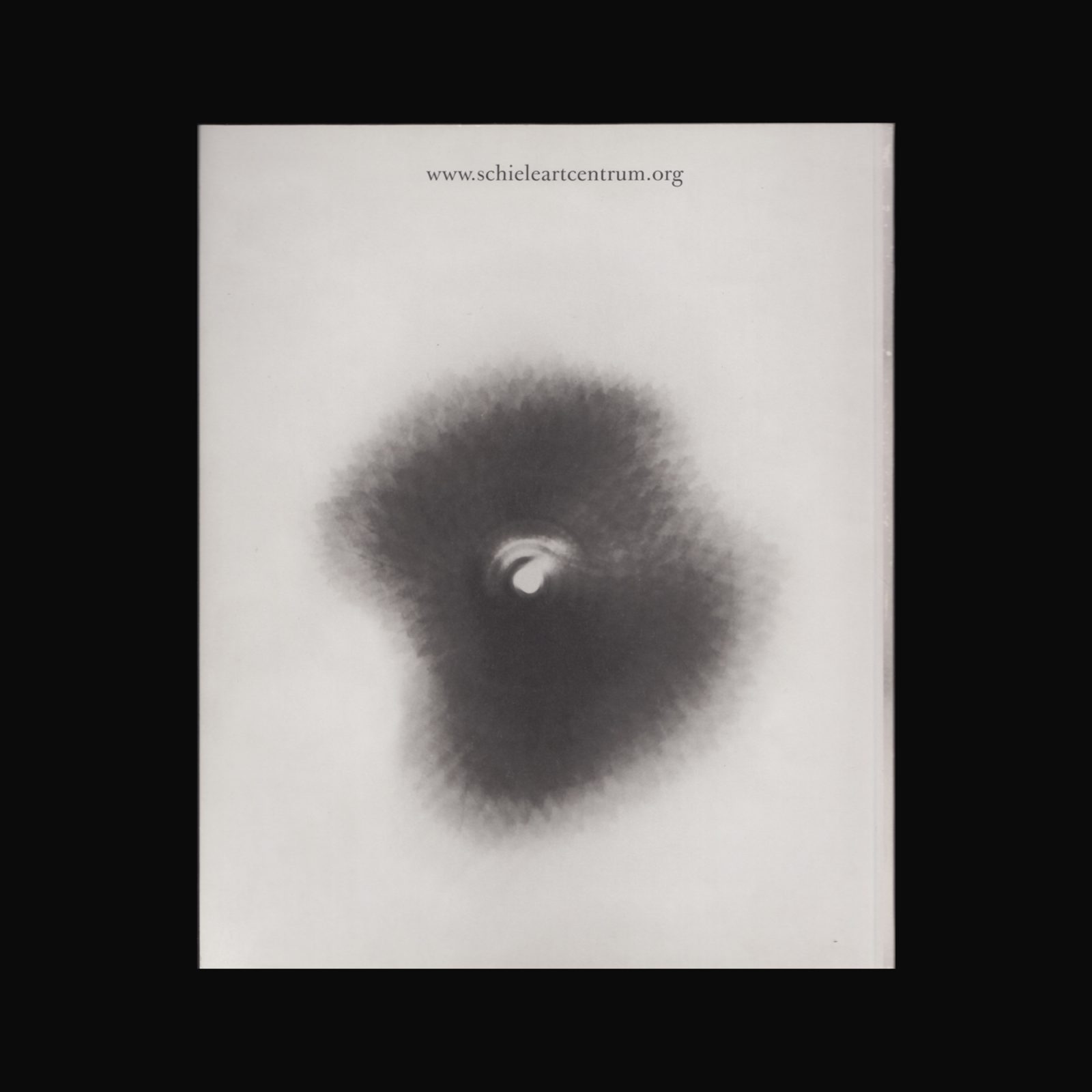
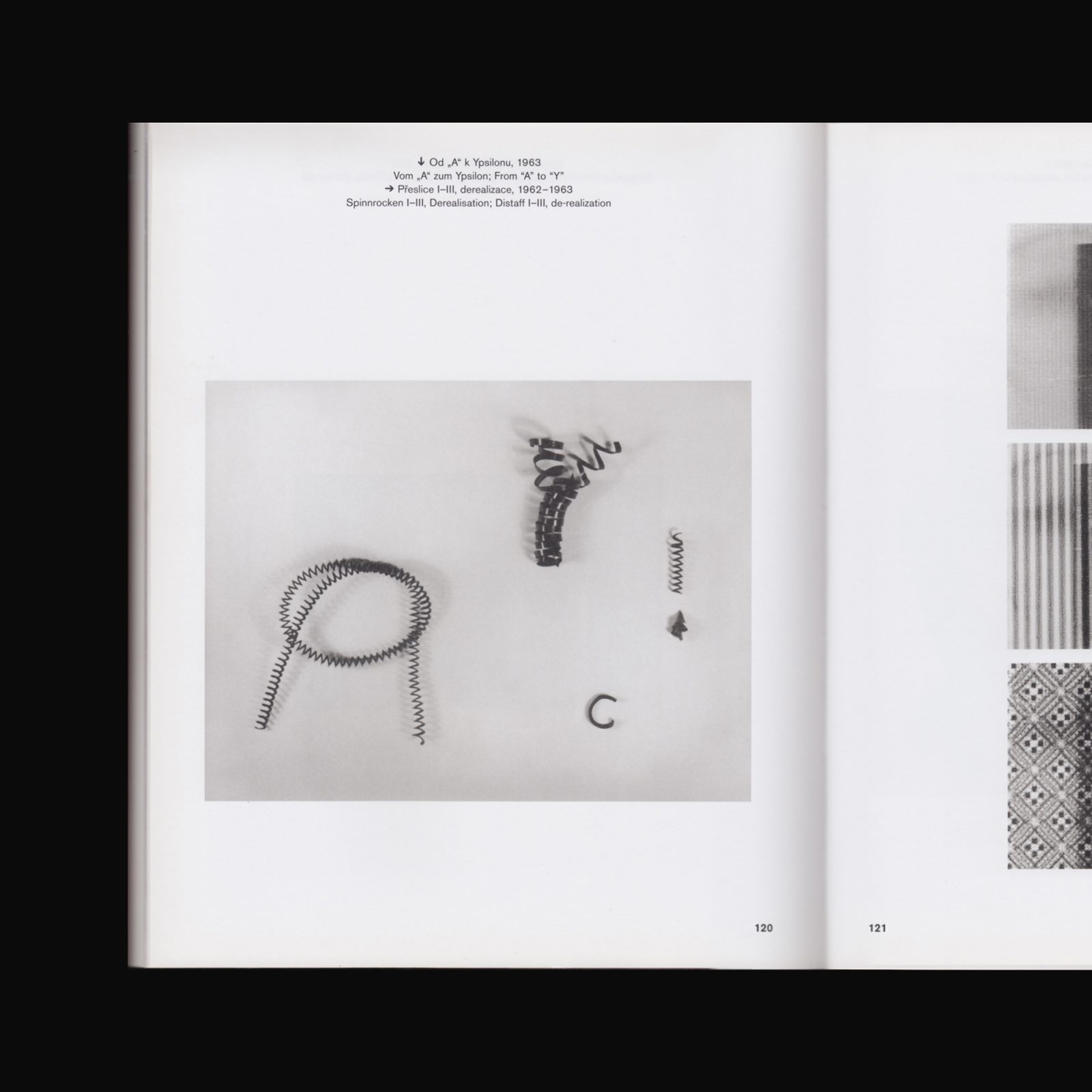
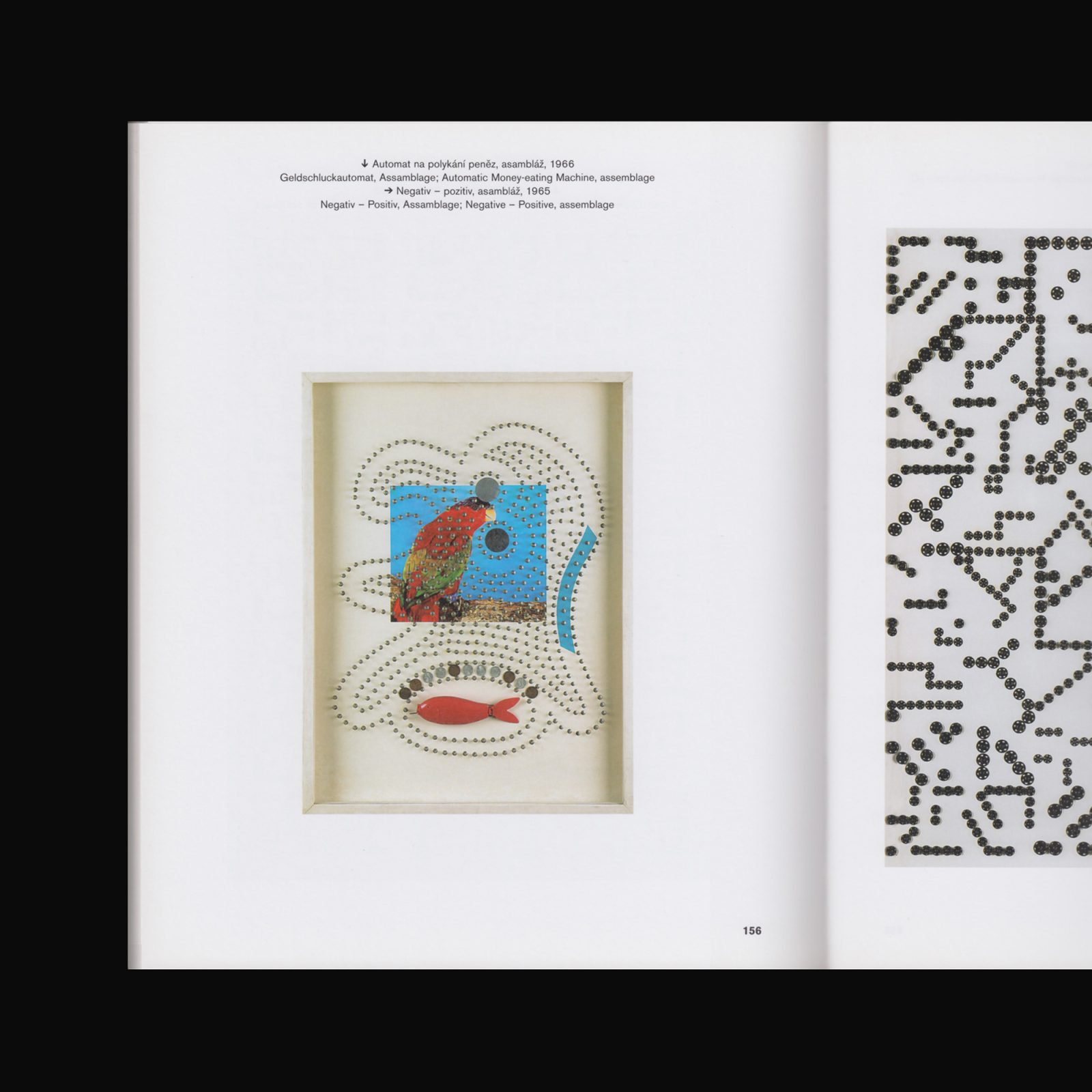

Prague-based artist Běla Kolářová (1923–2010) began experimenting with photographic techniques in the early 1960s, creating photograms and X-ray photographs that continued the Bauhaus tradition of photography as an abstract medium. Thus, for a series of photograms she called vegetages, she produced miniature “artificial negatives” by pressing natural materials into soft paraffin and using them for the exposure of the photographic paper instantaneously as “negatives.” In the late sixties Kolářová increasingly began creating assemblages out of found objects including household items such as snap fasteners, needles and safety pins. Kolářová arranged these objects according to conceptual grids, and thus they are somewhat akin to the work of Nouveaux Realistes as well as to various conceptual practices. The work she produced in this way defied the aesthetic canon of Socialist Realism, and Kolářová developed a remarkable conceptual feminist style that was all her own.
In recent years, Kolářová’s work was shown at the documenta 12 (2007), at Raven Row in London (2010) and in solo shows at the Museum Kampa in Prague (2008) and Muzeum Umění in Olomouc (2007).
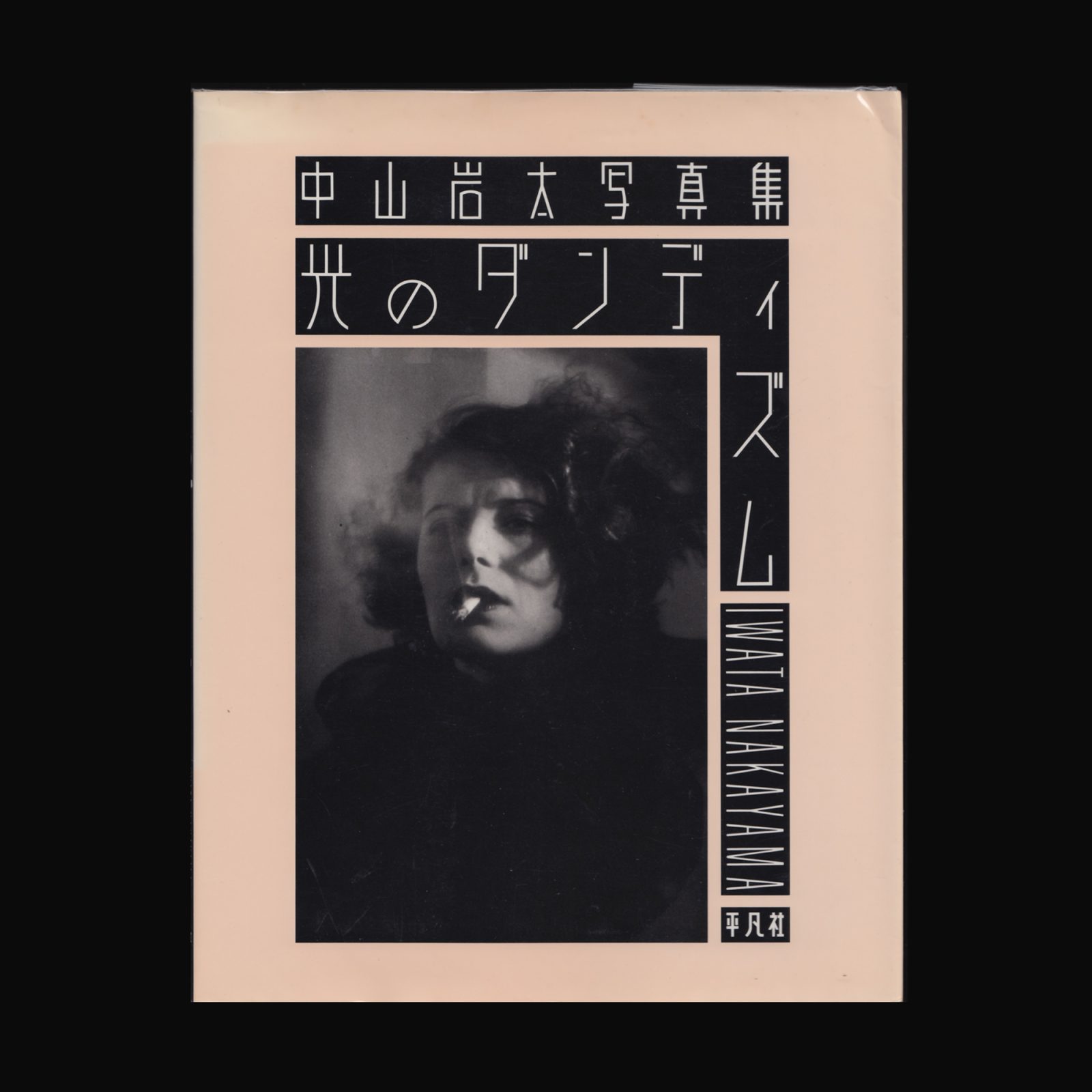
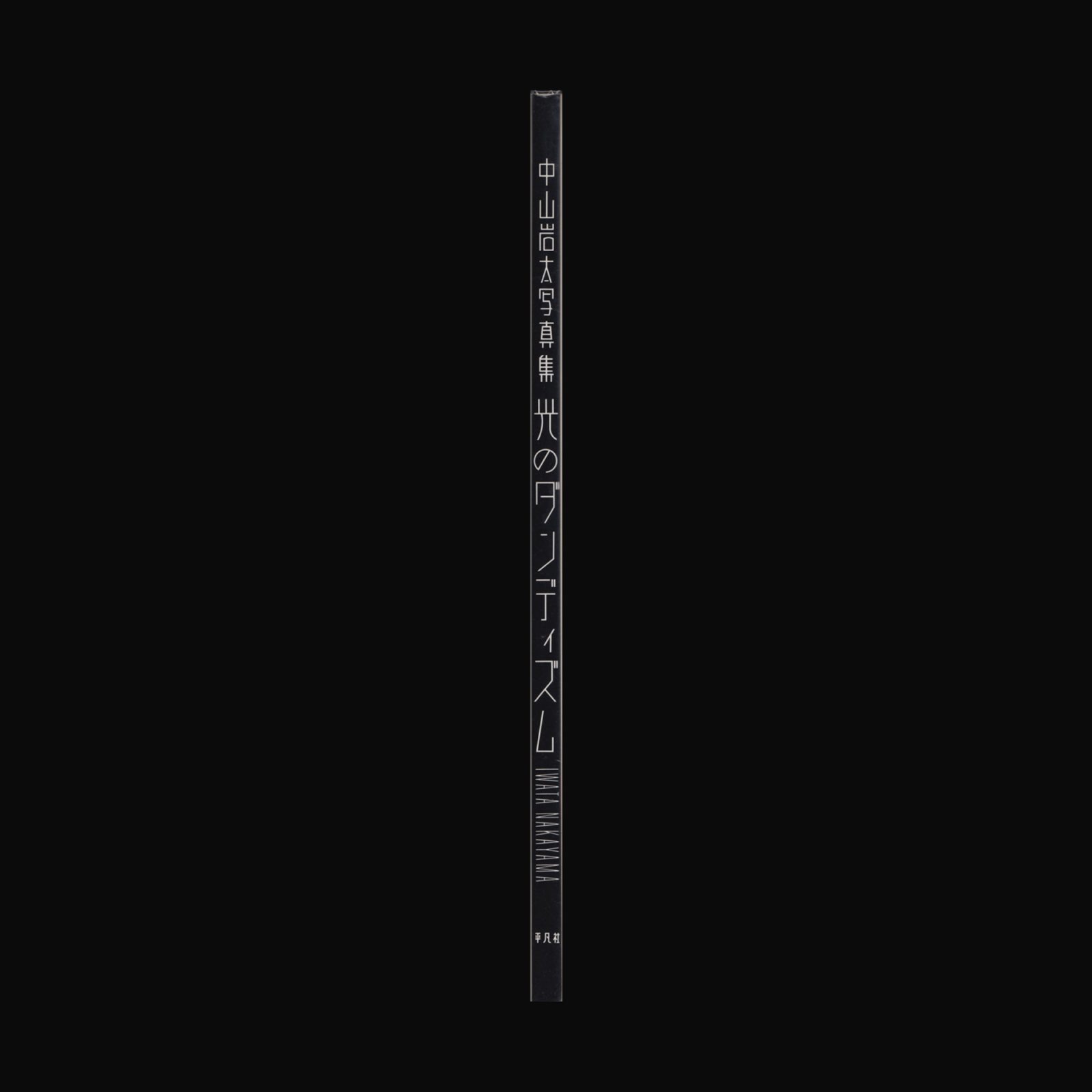
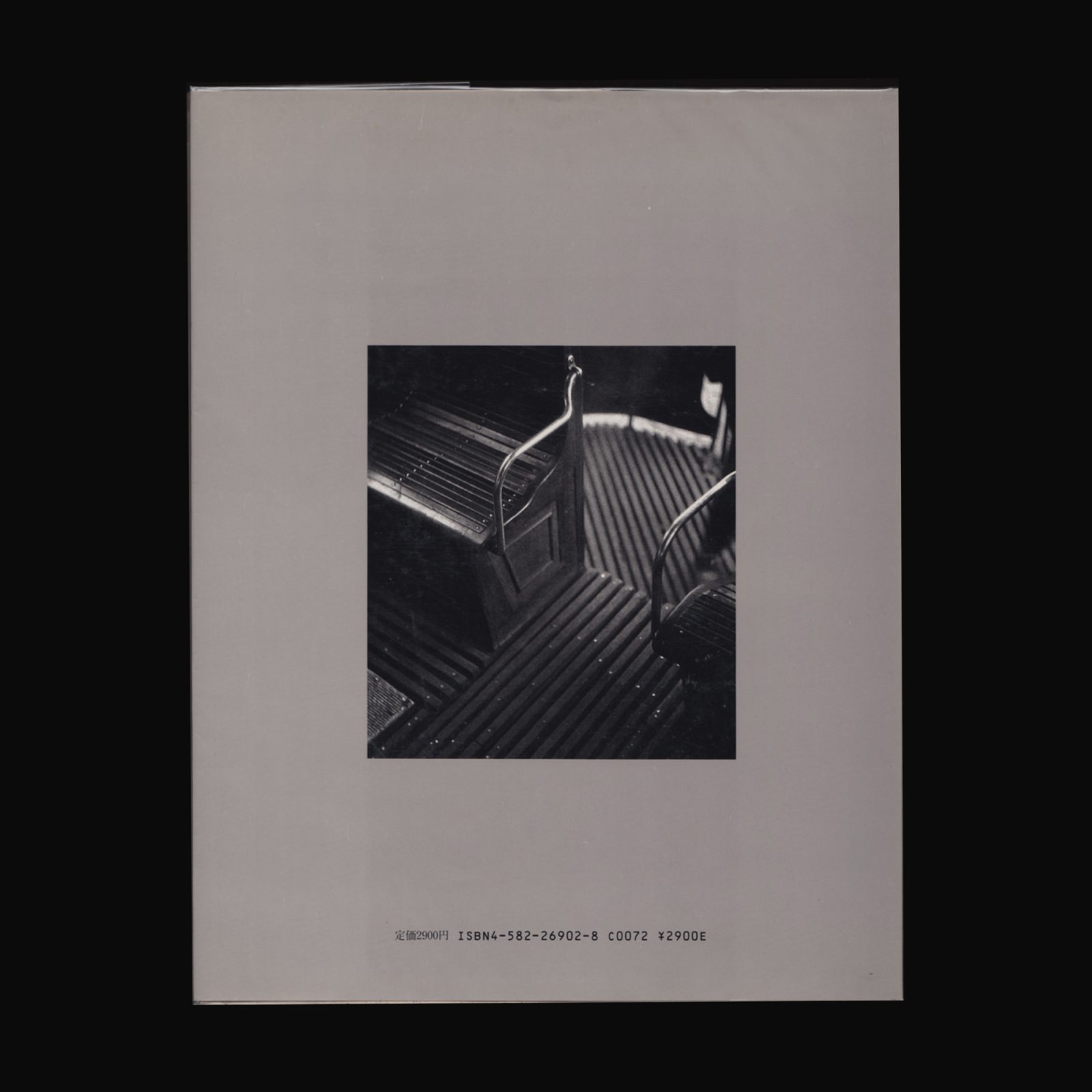

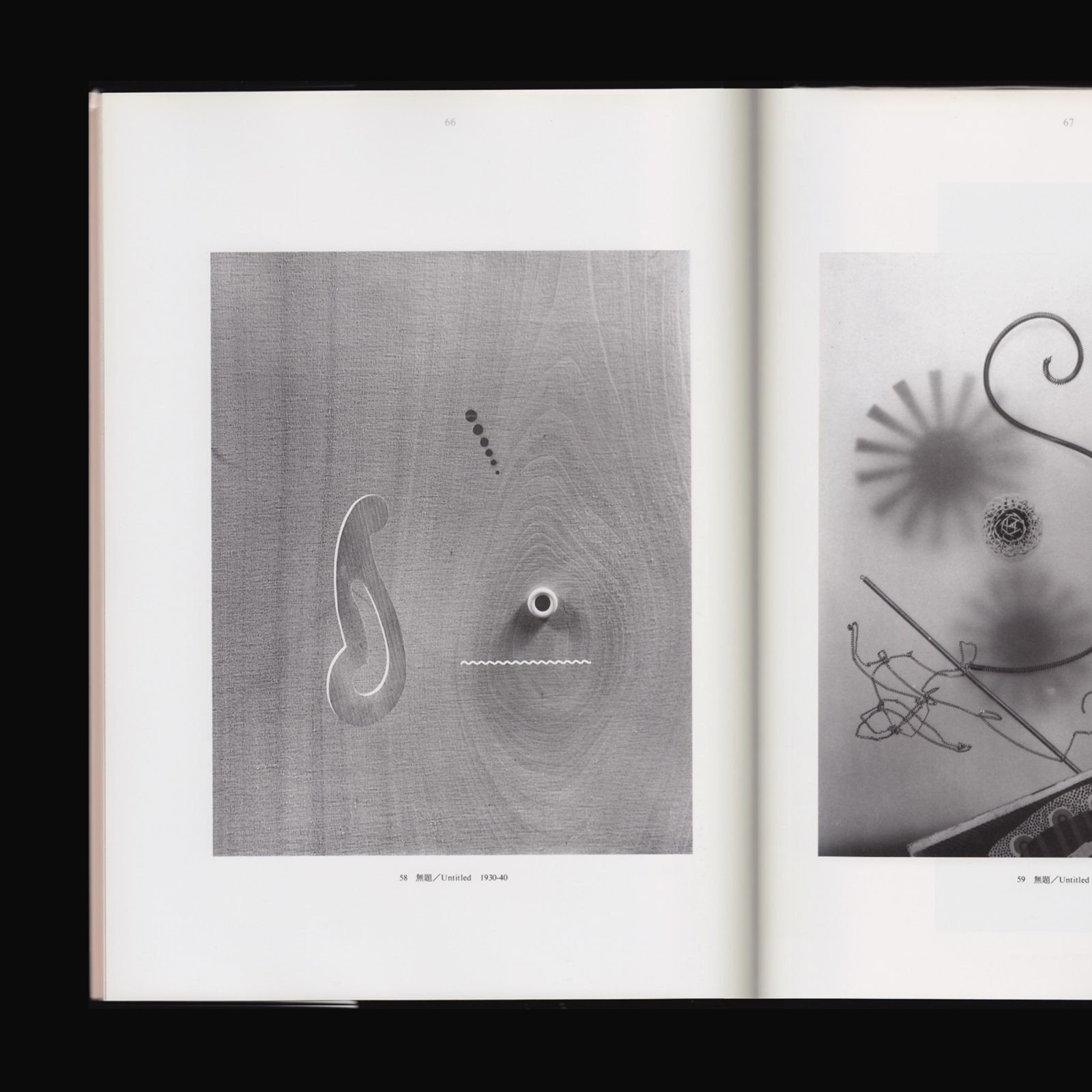
Iwata Nakayama (1895–1949) is regarded as a one of the most important contributors to the Shinko Shashin movement. After graduating from the Tokyo School of Fine Arts in 1918, he received a scholarship from the Japanese government and went to California before settling in New York. At the same time Nakayama was attracted to avant-garde movements and moved in bohemian circles where he met Shimizu Toshi. Shimizu encouraged him to move to Paris in 1926 where he met Man Ray, Fujita Tsuguji, and Enrico Prompolini. These encounters left a deep impression on him and when he returned to Japan in 1927 he energetically set about forming his own vision of ‘pure art photography’. In 1929 he settled in Ashiya (nr. Kobe) and in the following year founded the Ashiya Camera Club with Hanaya Kambei, Korai Seiji, and others. This club became the main driving force of New Photography in Japan. Together with Kimura and Nojima he founded Koga magazine in 1932 that was the most important forum for artistic photography at the time.